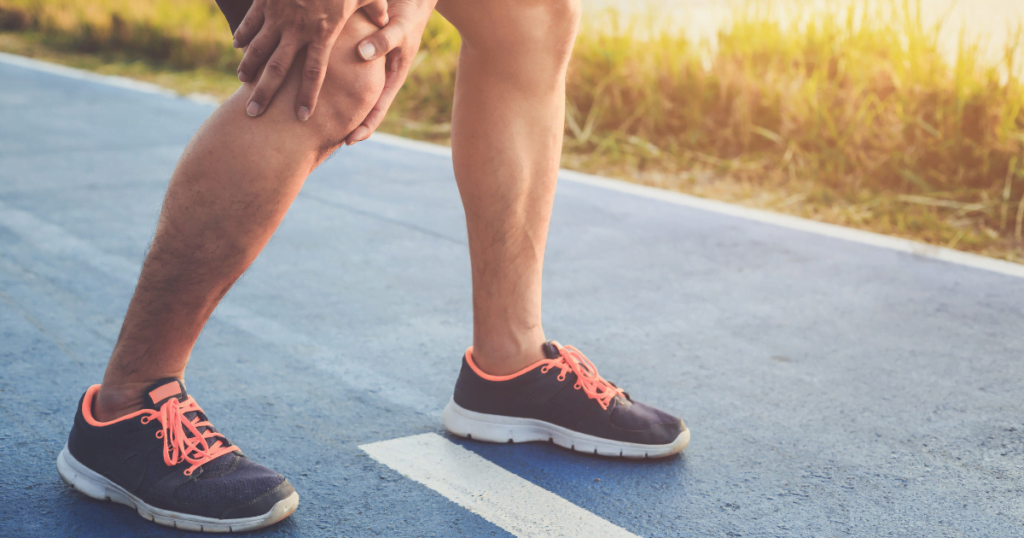With Osteoarthritis affecting over a third of the Australian population over 75 (Australian Institute of Health and Welfare, 2018), it’s important that we investigate effective treatment for Osteoarthritis. Exercise is known to be a part of a healthy lifestyle, but should you exercise with osteoarthritis?
Exercise with Osteoarthritis
In most cases, the answer is yes! Exercise can be an important part of treatment. While you may think that Osteoarthritis may stop you from exercise, it’s about finding an exercise plan that works for you.
Exercise can be difficult with osteoarthritis, but it provides benefits that help to live with Osteoarthritis. Exercise helps:
- Decrease joint swelling
- Reduce the rate of bone loss
- Conserves bone tissue, reducing the likelihood of fractures.
- Decrease joint pain
- Helps you maintain a healthy weight, decreasing pressure on joints.
- Improves participation in activities of daily life.
Exercise is considered the most effective, non-drug treatment for reducing pain and symptoms of osteoarthritis, helping patients improve their quality of life, increase mobility, improved awareness of coordination and balance, and reducing pain.
However, you need to be careful as very strenuous activity may increase fracture risk.
What exercise should I do?
Exercise is best prescribed by a university-qualified health professional – a physiotherapist or exercise physiologist have the knowledge to accommodate and tailor exercise programs to any condition you may have.
Some exercises that your physiotherapist or exercise physiologist may include could be:
- Walking
- Muscle Strengthening – bodyweight exercises, machine or weighted exercises
- Swimming
- Yoga
- Mobility
- Stationery cycling
- Stationery cycling
- Aquatic exercise or Hydrotherapy
Personalised fitness plan
We, here at PhysioConnex, will pre-screen you and test your fitness to understand your health conditions. We will then prescribe an individualized exercise program and provide guidance on how to perform these exercises safely and effectively to help you manage your osteoarthritis
Bibliography:
- Australian Institute of Health and Welfare. (2018, July 24). Osteoarthritis snapshot, what is osteoarthritis? – Australian Institute of Health and Welfare. Australian Institute of Health and Welfare.https://www.aihw.gov.au/reports/chronic-musculoskeletal-conditions/osteoarthritis/contents/what-is-osteoarthritis
- Mayo Clinic. How do exercise and arthritis fit together? Mayo Clinic. Published 2018.https://www.mayoclinic.org/diseases-conditions/arthritis/in-depth/arthritis/art-20047971
- RACGP – Guideline for the management of knee and hip osteoarthritis. Racgp.org.au. Published 2018. Accessed November 27, 2022.https://www.racgp.org.au/clinical-resources/clinical-guidelines/guidelines-by-topic/view-all-guidelines-by-topic/musculoskeletal-health/knee-and-hip-osteoporosis
- Better Health Channel. Osteoporosis and exercise. Vic.gov.au. Published 2012.https://www.betterhealth.vic.gov.au/health/ConditionsAndTreatments/osteoporosis-and-exercise

